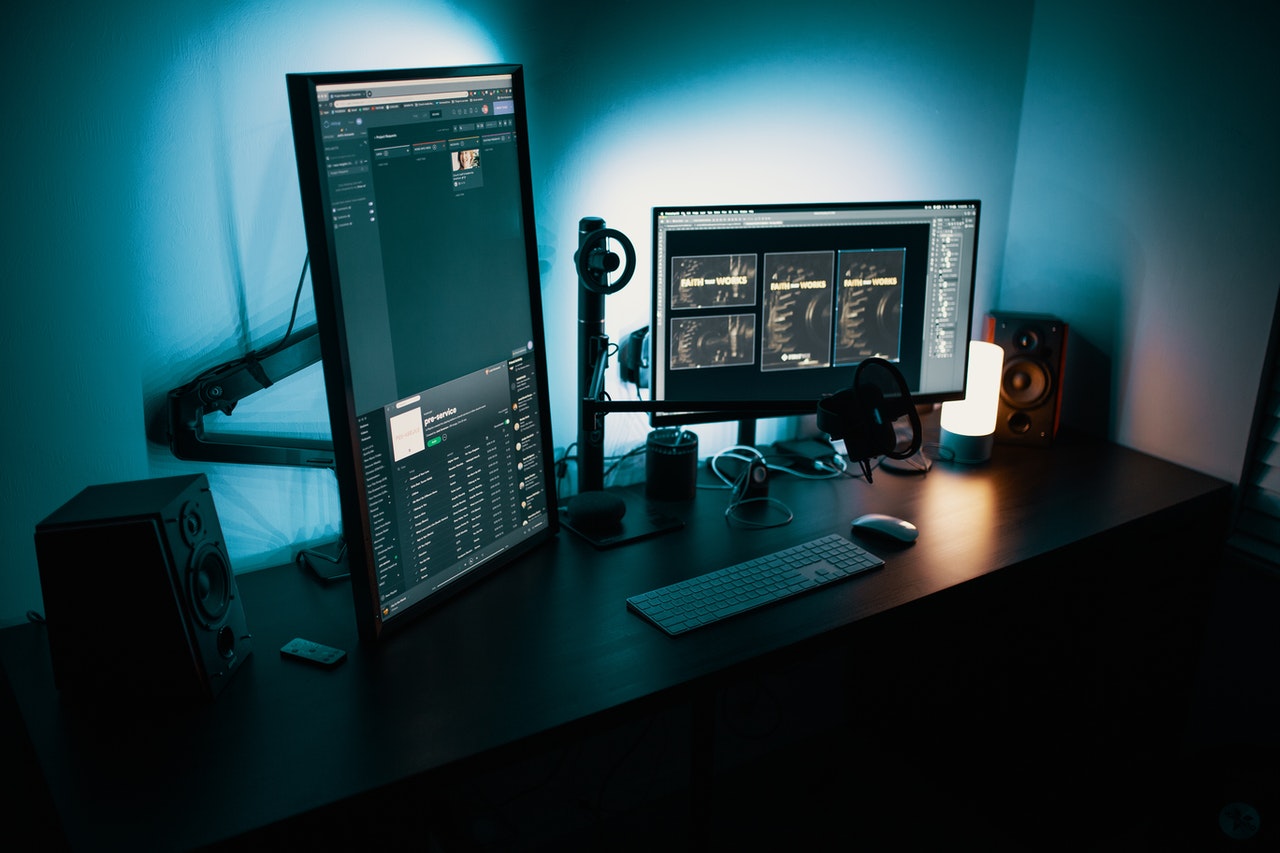NVIDIA Research recently debuted its cloud-AI video-streaming platform MAXINE which hopes to revolutionize the way content is streamed over the Internet with lower bandwidth usage.

If widely adopted, technologies like MAXINE would allow creators with limited Internet access to generate and upload content to the web. In an increasingly online world of meetings and activities, MAXINE promises to deliver a better picture than current methods. It does this in a unique way through “endpoint data” such as the position of the eyes, nose, and mouth to generate an image that, “[uses] these points with a still image to reanimate a person’s face on the other side of the call using generative adversarial networks (GANs).
Further, “These key points can be used for face alignment, where faces are rotated so that people appear to be facing each other during a call, as well as gaze correction to help simulate eye contact, even if a person’s camera isn’t aligned with their screen.”
NVIDIA also outlines how developers can augment MAXINE’s technology with audio filters and other add-ons.
From NVIDIA’s website:
“NVIDIA Maxine is a fully accelerated platform for developers to build and deploy AI-powered features in video conferencing services using state-of-the-art models that run in the cloud. Applications based on Maxine can reduce video bandwidth usage down to one-tenth of H.264 using AI video compression, dramatically reducing costs.
Maxine includes latest innovations from NVIDIA research such as face alignment, gaze correction, face re-lighting and real time translation in addition to capabilities such as super-resolution, noise removal, closed captioning and virtual assistants. These capabilities are fully accelerated on NVIDIA GPUs to run in real time video streaming applications in the cloud.
As Maxine-based applications run in the cloud, the same features can be offered to every user on any device, including computers, tablets, and phones. And because NVIDIA Maxine is cloud native, applications can easily be deployed as microservices that scale to hundreds of thousands of streams in a Kubernetes environment.”
You can watch a video from NVIDIA discussing the technology by clicking here.
AI is truly invading every aspect of society – including protests. If you missed our recent article on how protestors in Belarus are using AI to identify masked riot police, click here for that.
What do you think of NVIDIA Research’s work on next-generation video compression technology? Does this sound like something that would interest you? Let us know your thoughts in the comments section below if you like.
Be sure to check out our other photography news on Light Stalking by clicking this link right here.
[NVIDIA]




